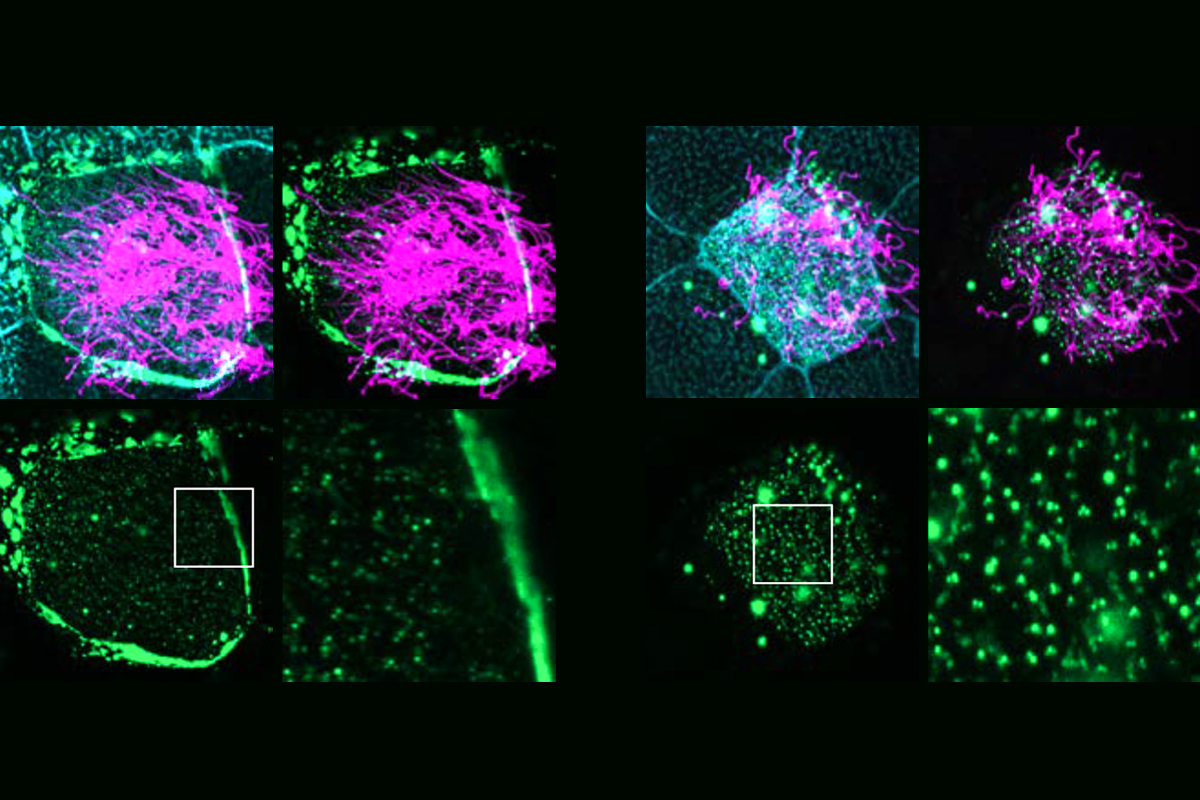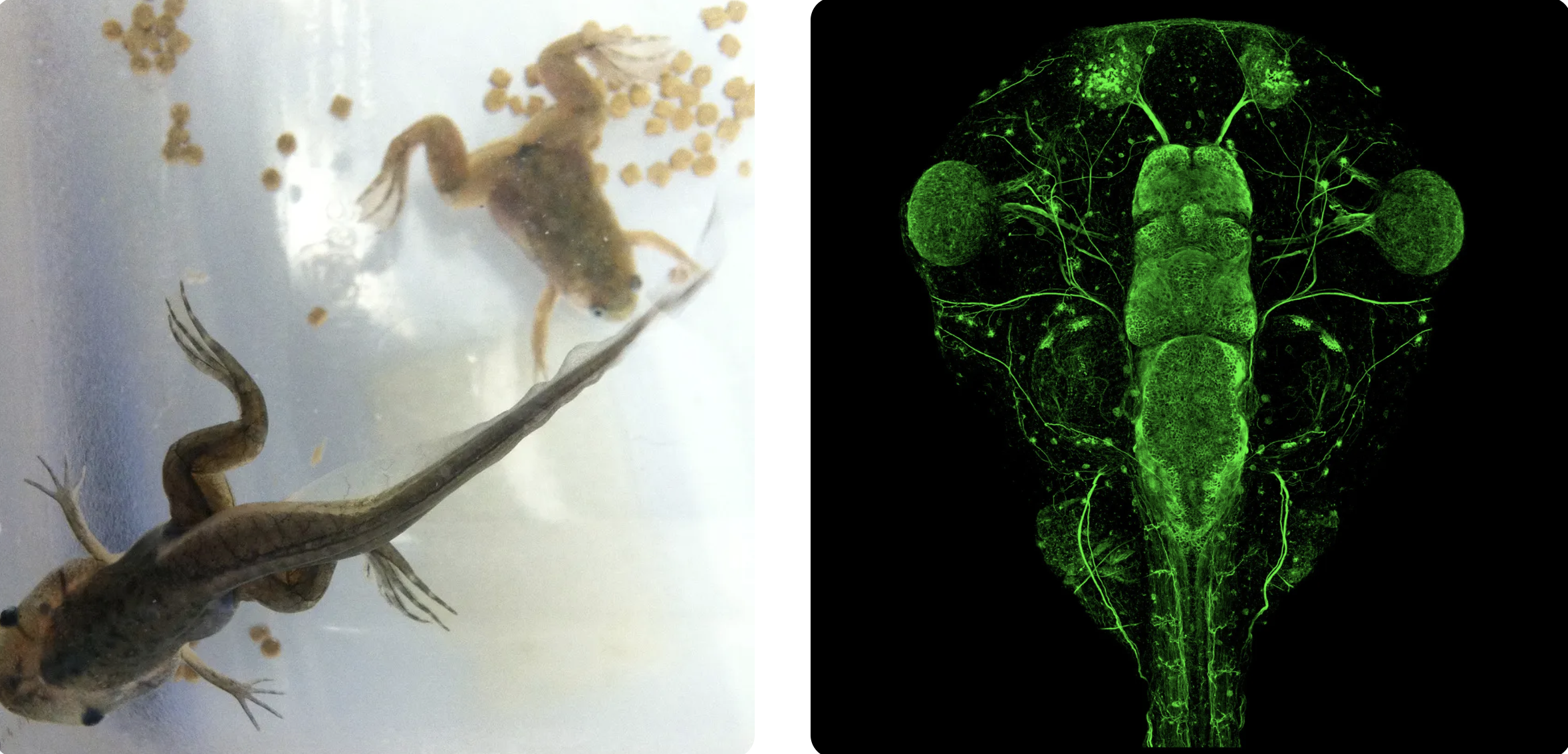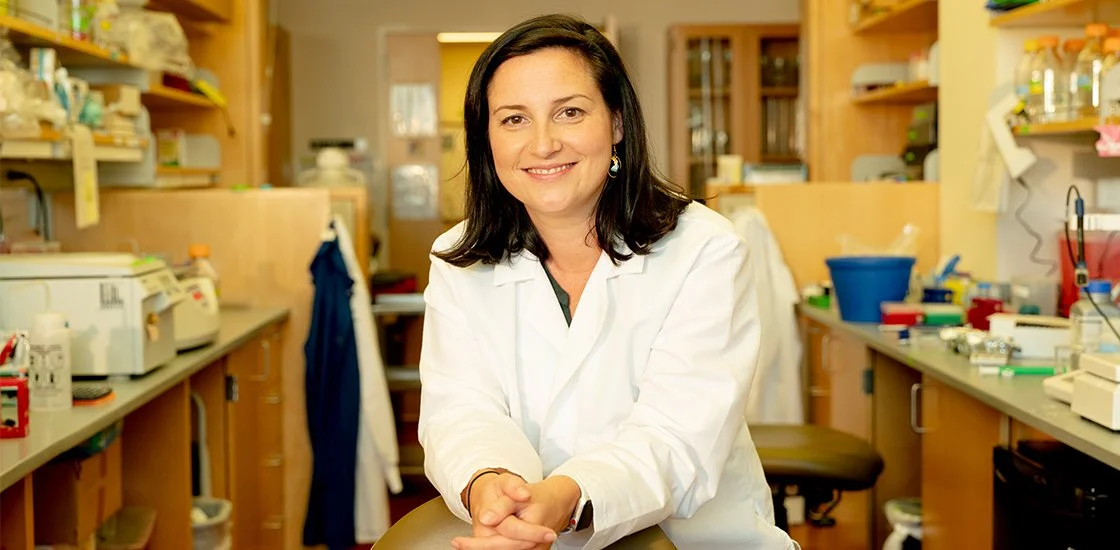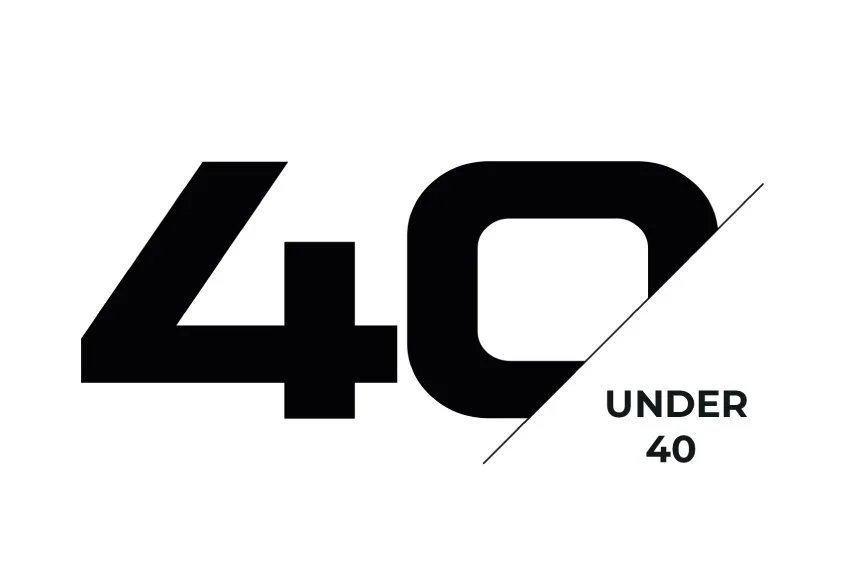UCSF Wins 7 Prestigious NIH Awards for High-Impact Work
Each year, the National Institutes of Health gives out awards through its Common Fund that recognize exceptionally promising research. This year, UC San Francisco scientists won seven of these prestigious awards.
By Laura Kurtzman
https://www.ucsf.edu/news/2025/10/430836/ucsf-wins-7-prestigious-nih-awards-high-impact-work
Cell ‘antennae’ link autism, congenital heart disease
Variants in genes tied to both conditions derail the formation of cilia, the tiny hair-like structure found on almost every cell in the body, a new study finds.
By Lauren Schenkman
Ciliary biology intersects autism and congenital heart disease
Many autism-linked proteins influence hair-like cilia on human brain cells
The finding may help explain autism’s association with multiple co-occurring conditions that involve cilia defects.
By Charles Q. Choi
Frogs, genes, and cellular antennae: Unlocking the biology of autism
Using frogs as a model organism, CZ Biohub SF Investigator Helen Willsey is revealing surprising connections between autism and hair-like structures on the surfaces of our cells.
By Lindzi Wessel and Shafaq Zia
How Helen Willsey broke new ground, frogs in hand
A young researcher faces down the skeptics.
By Grace Huckins
Autism-linked chromatin regulators may moonlight as microtubule influencers
Five autism-linked genes widely known as chromatin regulators appear to also shape the cell’s internal skeleton.
By Alla Katsnelson
Autism and the cell’s antennae
Many autism-linked genes are somehow tied to cilia, the tiny hair-like sensors that stud a cell’s surface. But the question remains whether, and how, cilia differences contribute to the condition.
By Giorgia Guglielmi
Spectrum’s 40 under 40
In 2022, we asked our profile subjects and sources to flag rising stars in their labs or among their former students. The result is this list of 40 young researchers who are working on autism-related science across the globe.







